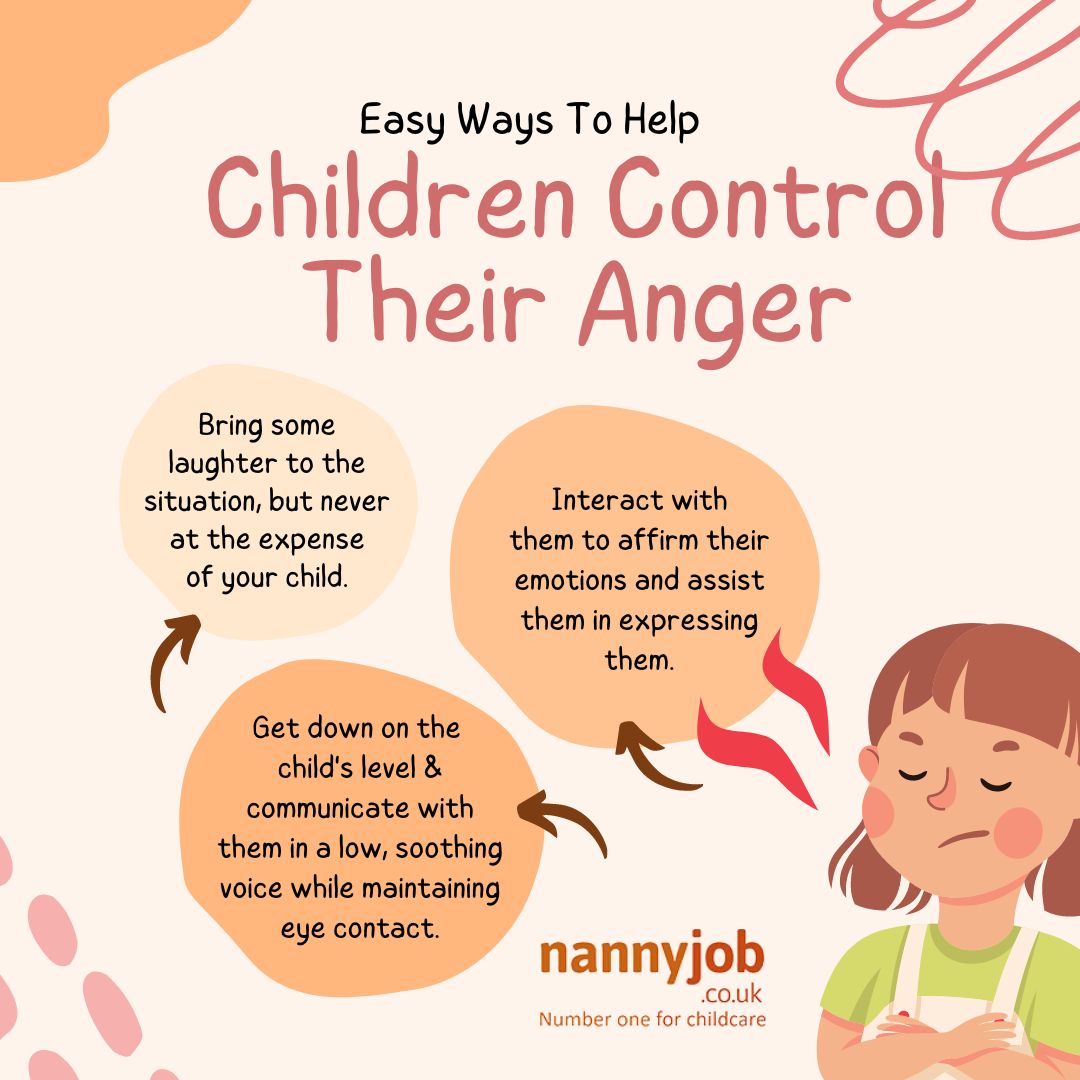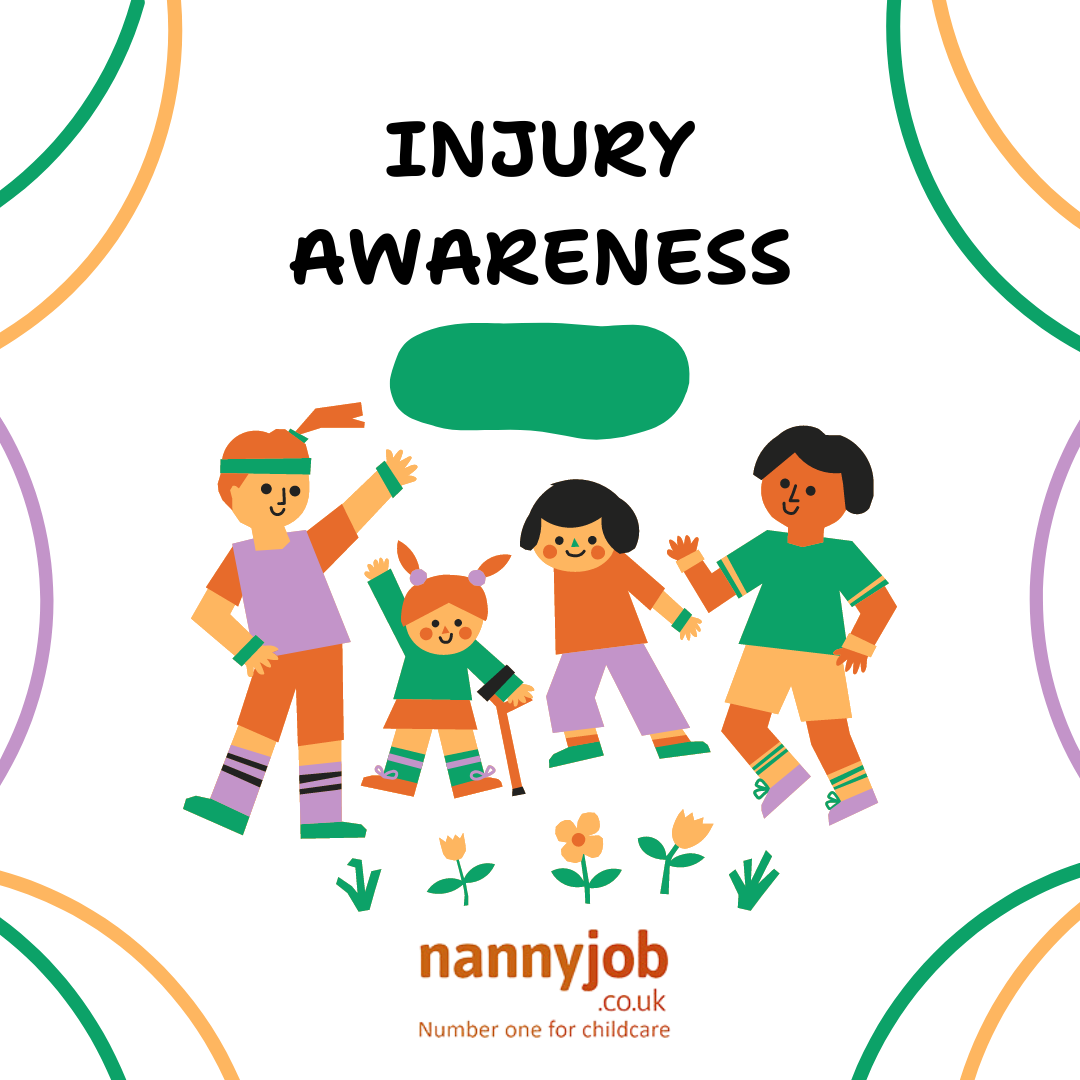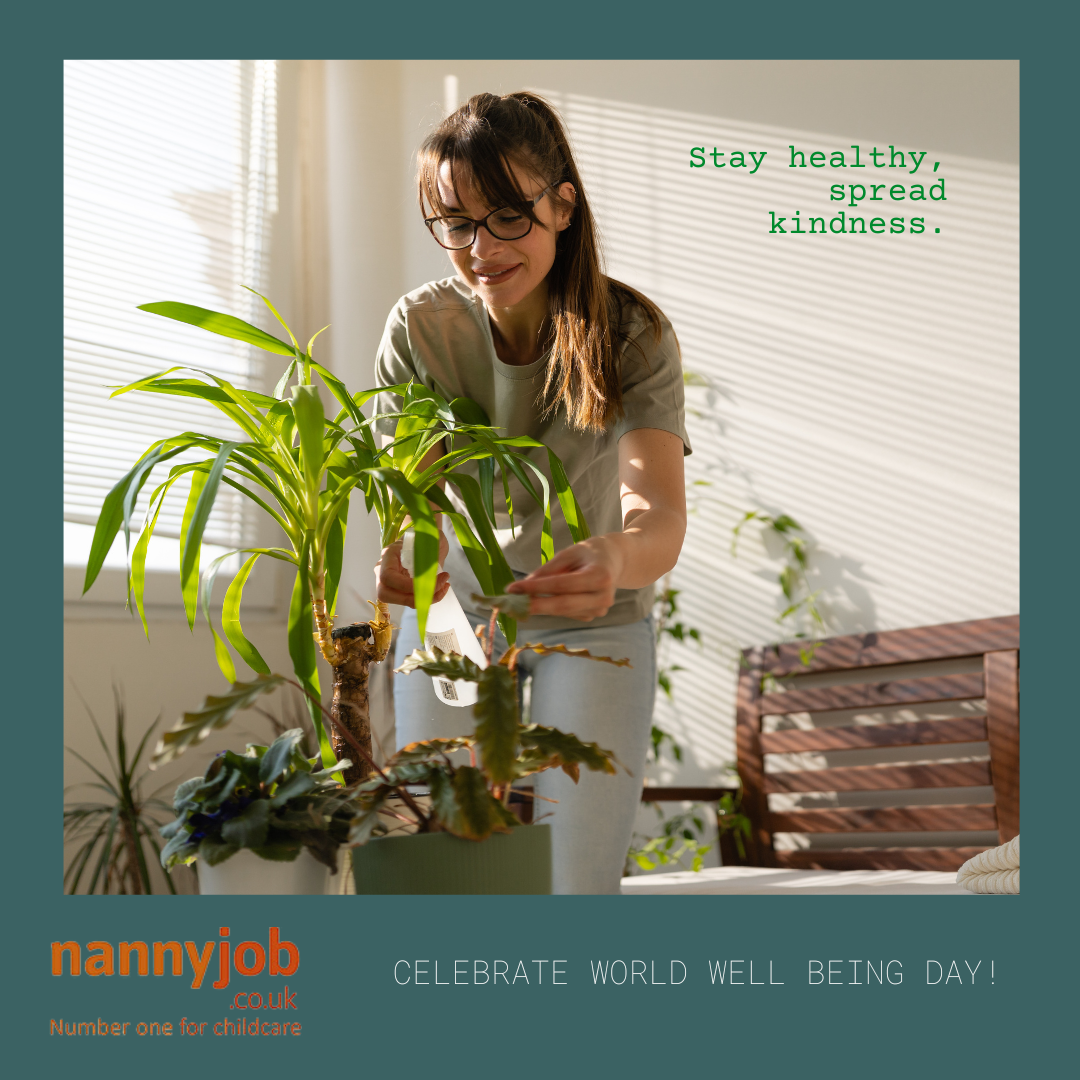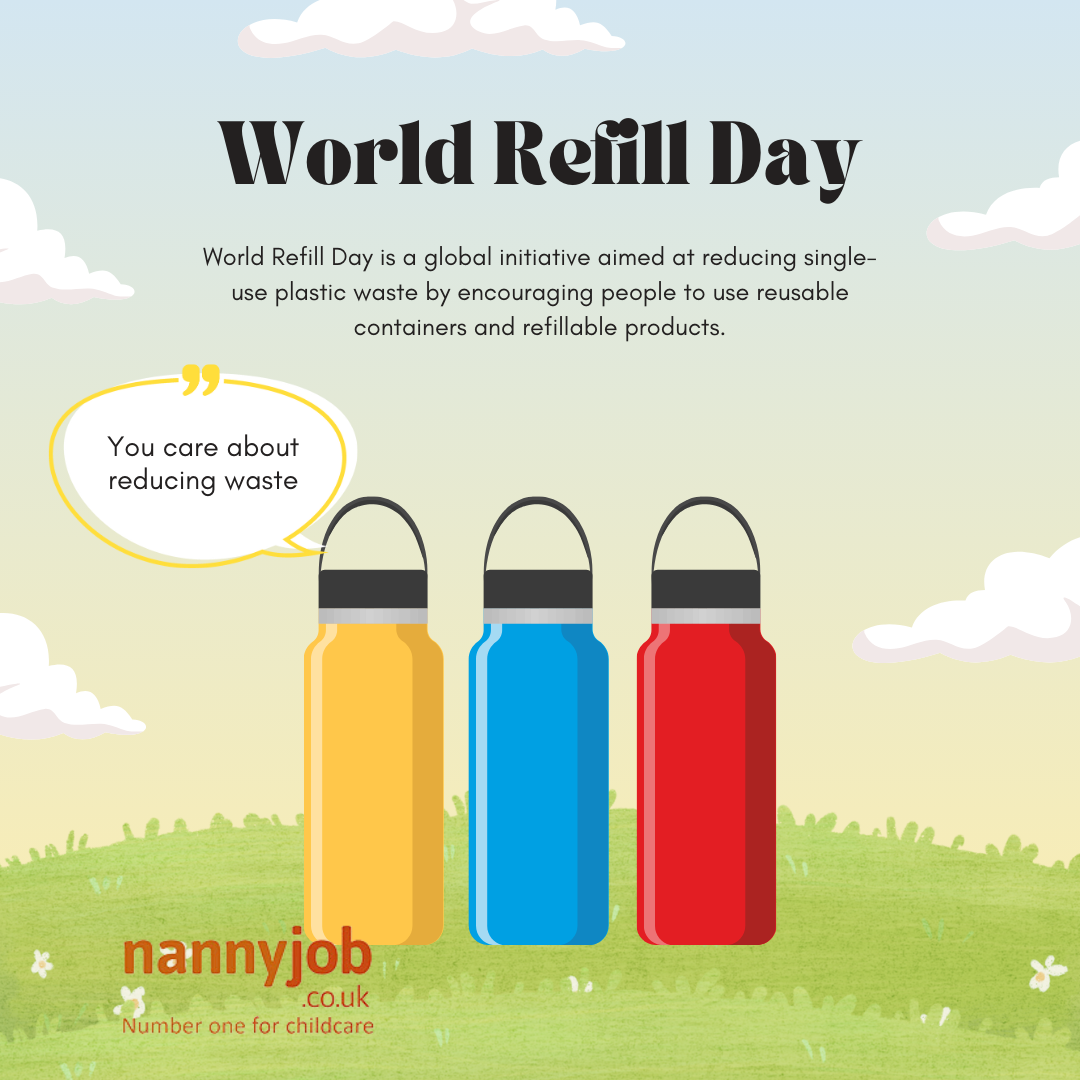Introduction
Childhood anxiety is a common issue that can manifest in various ways, from excessive worry to physical symptoms like stomachaches or trouble sleeping. As parents, nannies, and childcarers, it’s crucial to recognise the signs of anxiety and provide support to help children navigate their feelings. By understanding and addressing anxiety, we can help children develop coping mechanisms and build resilience. Here are some effective strategies to support a child struggling with anxiety.
1. Recognise the Signs of Anxiety
The first step in helping a child with anxiety is recognizing the signs. Anxiety can manifest differently in children, including:
- Physical symptoms: headaches, stomachaches, or muscle tension
- Emotional symptoms: excessive worry, fear, or irritability
- Behavioral symptoms: avoidance of certain situations, difficulty concentrating, or restlessness
By identifying these signs early, you can address the issue before it becomes overwhelming.
2. Encourage Open Communication
Create a safe and supportive environment where your child feels comfortable expressing their feelings. Encourage open communication by asking gentle, non-judgmental questions about their worries and fears. Listening attentively and validating their emotions helps children feel understood and less alone in their struggles.
3. Teach Relaxation Techniques
Introduce relaxation techniques to help your child manage their anxiety. Deep breathing exercises, progressive muscle relaxation, and mindfulness meditation can be effective tools. For example, encourage your child to take slow, deep breaths or practice visualizing a calming place when they feel anxious. These techniques can help them regain control over their emotions.
4. Establish a Routine
Consistency and predictability can help reduce anxiety in children. Establishing a daily routine can provide a sense of stability and security. Include regular times for meals, homework, play, and relaxation. A consistent bedtime routine can also improve sleep quality, which is essential for managing anxiety.
5. Limit Exposure to Stressors
Identify and limit exposure to potential stressors, such as excessive screen time, unsettling news, or overly stimulating environments. Encourage activities that promote relaxation and well-being, such as reading, drawing, or spending time outdoors. Creating a calm and peaceful environment can help alleviate anxiety.
6. Encourage Physical Activity
Physical activity is a natural way to reduce anxiety and boost mood. Encourage your child to engage in activities they enjoy, whether it’s playing sports, dancing, or taking a walk. Regular exercise releases endorphins, which can help alleviate feelings of anxiety and promote overall well-being.
7. Teach Problem-Solving Skills
Help your child develop problem-solving skills to manage their worries. Encourage them to break down problems into smaller, manageable steps and brainstorm possible solutions. This approach can empower them to tackle challenges and reduce feelings of helplessness.
8. Set Realistic Expectations
Set realistic expectations for your child and avoid putting undue pressure on them. Encourage them to do their best without focusing solely on achievements or outcomes. Praise their efforts and progress, regardless of the results, to build their self-esteem and resilience.
9. Seek Professional Help if Needed
If your child’s anxiety is persistent or significantly interferes with their daily life, consider seeking professional help. A therapist or counsellor specialising in childhood anxiety can provide additional support and strategies tailored to your child’s needs. Early intervention can make a significant difference in managing anxiety effectively.
Conclusion
Helping a child struggling with anxiety requires patience, understanding, and a proactive approach. By recognising the signs, fostering open communication, and teaching coping strategies, you can support your child in managing their anxiety and building resilience. Remember, addressing anxiety is a journey, and with the right support, children can learn to navigate their feelings and thrive.









